Catalogues
- NFC Tags
- Paper NFC tagsOn Metal NFC tagsTamper proof nfc tagsFPC NFC tagsSpecial NFC tags
- NFC Cards
- Plastic NFC cardsPaper NFC cardsLF RFID cardCPU / JAVA card
- NFC Key fobs
- Epoxy NFC key tagsPlastic NFC key fobs
- NFC Reader writer
- Fixed NFC reader writerHandheld RFID readerUSB token NFC readerLF RFID Reader
- NFC Wristband
- Reusable NFC wristbandsOne-off NFC wristbands
- RFID inlay
- Sheet type RFID inlayRoll type RFID inlay
- RFID Tag
- RFID Laundry TagRFID Asset Tag
- Smart Device
- RFID Smart CabinetRFID Library DeviceRFID TunnelRFID Retail Device
- RFID Security Gate
- RFID gate
- Library RFID Tags
- RFID Book TagRFID Disc Tag
- UHF Tags
- EPC Gen 2 UHF tagJewelry RFID tagTamper Proof UHF tagRFID Windshield TagCable Tie RFID TagRFID garment tagRFID Clothing Hard TagDual frequency RFID tagRFID Medical TagLED UHF Tag
- UHF Cards
- UHF Smart Card
- UHF Wristband
- RFID Wristbands
- UHF Reader writer
- Fixed UHF ReaderMobile RFID ReaderR2000 UHF readerE Series UHF reader
- UHF Antenna
- UHF RFID Antenna
- On metal RFID Tag
- UHF Metal tagCeramic UHF metal tagFlexible UHF Metal Tag
- Animal Tag
- RFID ear tagRFID Animal ReaderInjectable RFID tagRFID foot ring tag
- More Recommend
- RFID asset tagRFID screw tagRFID Seal Tag
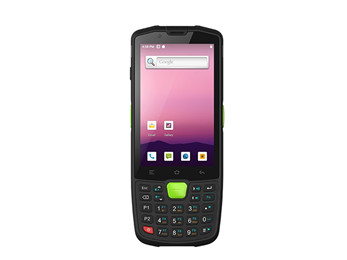
GEE-NR-Q9 Handheld RFID Reader
160 x66 x16.2mm, 4" IPS LCD touch screen, MTK 8 core CPU, 4G RAM+ 64 GB ROM, NFC & Optical scanner, 4G/ WiFI / Bluetooth /GPRS supported, 5200 mAh Li-ion battery, Android 10 OS
Download Specification
OverviewSpecificationApplicationsSupport
GEE-NR-Q9 is a high performancel industry level handheld RFID reader. Based on Android 10 with optimized RFID and optical scanner, it is an ideal tool for logistics, retail, manfucaturing, transportation and other filed
Main features
• Android 10 OS, optimized RFID scanner and optical engine
• 4G network/ WIFI/ Bluetooth 5.0 network for data transmition
• Industry level robust structure, IP67 waterproof and 1.8 meter free drop
• High resolution 4" IPS touch screen with 8 core MTK 2.0 GHz processor
• 5200 mAh large capacity Li-ion battery
• FCC, CE, ROHS compliance

| Physical Characteristics | |
| Dimensions | 160(H)×66.3(W)×16.2(T)mm |
| Weight(With battery) | 250g (depends on different configurations) |
| Display | 4.0 inch, 800*480 pixel |
| Touch Panel | Multi-touch panel, gloves and wet hands supported |
| Power | Device battery: removable 5200mAh rated capacity; |
| Built-in 60 mAh backup Li-ion battery | |
| Type-C USB interface, support quick charge | |
| Expansion Slot | Micro SD Card, 32GB SDHC compatible |
| Notification | Sound, Vibrator, LED indicator |
| Keypad | 27 keys, backlight LED |
| Voice & Audio | Built-in dual loudspeaker and microphone |
| Performance Characteristics | |
| CPU | MTK Octa core 2.0GHz |
| OS | Android 10.0 |
| RAM+ ROM | 4GB+64GB |
| Barcode scanning | |
| Scan Engine | 2D image scan engine |
| 1D Symbologies | UPC/EAN, Code 128, GS1-128, Code 39, Code 32, Code 93, Code 11, Matrix 2 of 5, Interleaved 2 of 5, IATA 2 of 5, Industrial 2 of 5, Codebar, MSI, etc. |
| 2D Symbologies | PDF417, MicroPDF417, Composite Code, Data Matrix, Maxicode, QR Code, MicroQR, Aztec |
| NFC | |
| Frequency | HF 13.56 Mhz |
| Protocol | Support ISO15693 protocol RFID tags, IEC14443A protocol RFID tags (Mifare one S50, S70 and NFC tags |
| Read Distance | ISO15693: >6 cm, IEC14443A: 4 cm |
| User Environment | |
| Operating Temp | -20 C to +50 C |
| Storage Temp | -40 C to + 70 C |
| Humidity | 5% to 95% RH non-condensing |
| Drop | Multiple 1.5m drops to marble across the operating temperature range |
| Tumble | 1,000 1.64 ft./0.5 m tumbles (2,000 impacts) |
| Waterproof | IP65 |
| ESD | ±15kV Air discharge, ±8kV direct discharge |
| Wireless | |
| WLAN | IEEE 802.11a/b/g/n/ac (2.4G/5G dual-band WIFI) |
| 4G/ 3G/ 2G | 4G: B1/B3/B5/B7/B8/B38/B39/B40/B41 |
| 3G: B1/B2/B5/B8/B34/B39/BC0 | |
| 2G: 850/900/1800/1900MHz | |
| Bluetooth | Bluetooth 5.0 (Support BLE) |
| GNSS | GPS/AGPS, GLONASS, Beidou |
| Camera | |
| Camera | Front camera:5M pixel |
| Rear camera: 13M pixel | |
| Developing Environment | |
| Operation system | Android 10.0 |
| Language | Java |
| Tool | Eclipse/ Android Studio |
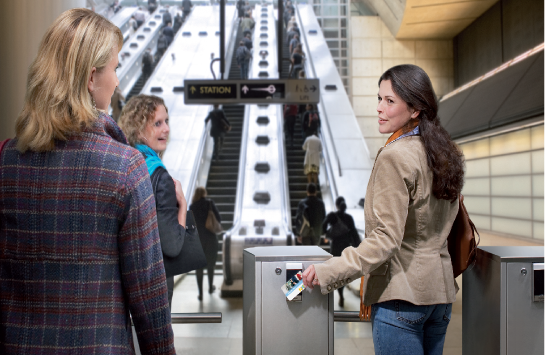
In transportation and ticketing feild, the traditional payment is by a simple paper ticket that bears some of security features, like florescent ink, security line, latent image, barcode, infra-red ink. Through it can be prevent most of the fake tickets, however hard work load, low identification rate, and relevant unsafe features enforce institutions had to recruit abundant workforce to maintain normally operation, and now everything was changed as RFID technology deeply implanted into this sector.
At most of bus station or subway station, you will not no longer find any paper tickets any more, which replaced them was a simple recharge card or NFC mobile phones. And in recent years, the pace of changing speeds up dramatically.
Thanks to the RFID technology, you do need to wait in line for ticket checking, all just by a simple touch, and you are allowed to get through, and payment will automatically deducted by the RFID readers.
The benefits are not only in its convenience, but also its security. Each RFID card will have a unique ID, which is permanently stored in its ROM, and can not be rewritten. Meanwhile the communication between the RFID card and RFID readers is encrypted. Let’s take oyster card( London metro card) for example, this type of card is embedded with NXP Mifare Desfire chip, which the chip is integrated with the 3DES encryption technology, and still now there is zero case of password being cracked.
This RFID technology also have been applied into certain of big event, such as Olympics, World Expo…
In the future, we will see more and more case of this advanced RFID technology being applied in our normal life, and therefore change our life for ever.
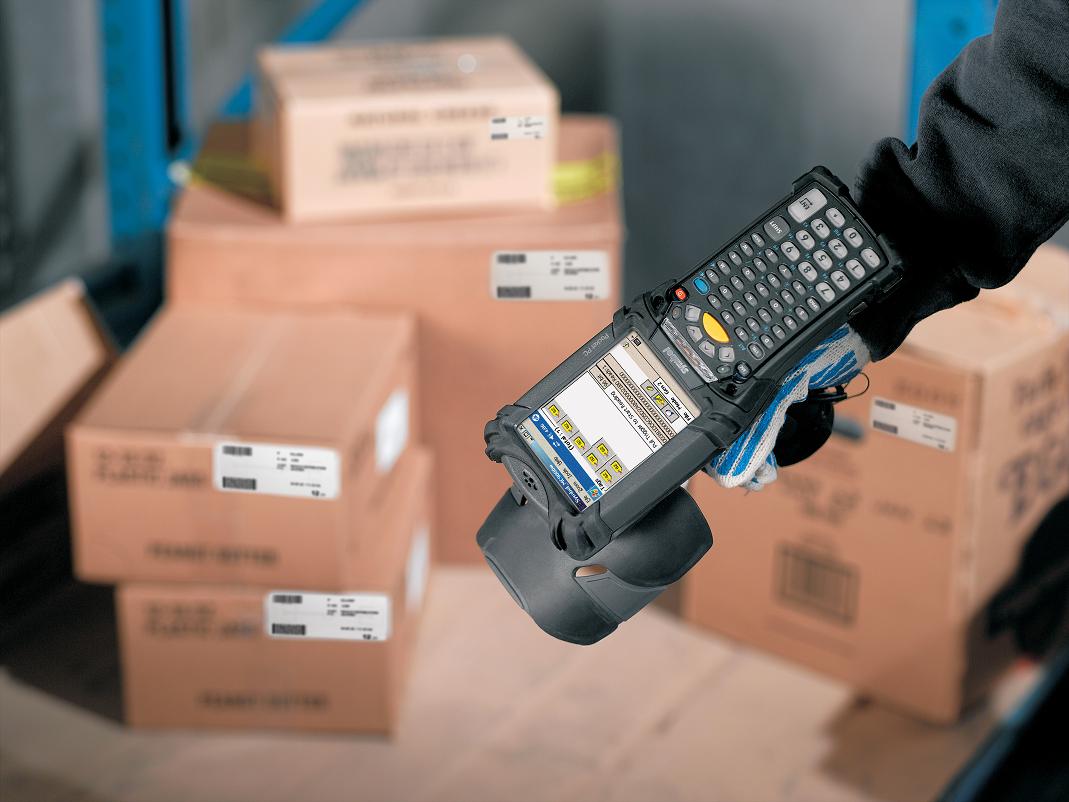
RFID, or Radio-Frequency Identification, is a method of storing data and retrieving it via radio waves. Much in the same way a barcode can store information about a type of product, RFID tags contain unique identifiers that correspond to inventory database records. Switching to RFID in your logistics chain offers some significant advantages over traditional inventory control methods.
WIRELESS SCANNING
One of the major advantages of RFID in logistics is how quickly RFID tags can provide information compared to barcoding or other systems. With a barcode, you have to pass each code over a scanner to register the item. RFID works wirelessly, so you can point a scanner at a box of items and register each one without having to take them out first. A powerful enough RFID scanner could inventory entire rooms at once, making inventory tracking a much faster process.
UNIQUE TRACKING
RFID tags contain a microchip or other storage device that can contain a large amount of information. This allows you to place individual identifiers on products, rather than using a single barcode for an entire class of items, and to follow individual items through your logistics chain, instead of needing to extrapolate that data from inventory numbers. This also allows you to track a defective item back to its source in a much easier manner than with other tracking methods.
REAL-TIME UPDATES
Because scanning and inventory control is much faster with RFID than with other forms of management, the system lends itself to integration with wireless communication systems and real-time inventory management systems. This allows you to query the database at any time and find out exactly how much of a given product you have on hand, instead of getting numbers that may be days or weeks old. RFID scanners built into the entrances of warehouses can even scan crates as they enter and leave, providing instant updates of inventory totals that can propagate to other users across the company network.
INTEGRATION WITH OTHER SYSTEMS
The same RFID tags that provide inventory information can also provide other services as well. Security scanners at building exits can let your system know instantly when any product leaves the premises, allowing you to spot theft or misdirected shipments quickly and correct the problem. Likewise, scanning RFID tags at entry and exit points allows confirmation of shipping and delivery of goods, allowing you to trace a shipment as it moves through your logistics chain, and provide accurate estimates of arrival to customers or other business units.
Related Products
-
GEE-NR-Q7 Handheld RFID Reader >
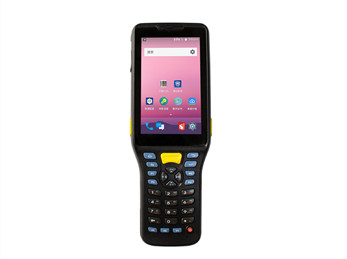
190 x70 x26mm, 3.5" LCD touch screen, MTK 4 core CPU, NFC & Optical scanner, 4850 mAh Li-ion battery, Android 9.0 OS
-
GEE-NT-D21T D25 mm Tamper Proof NFC Tag >
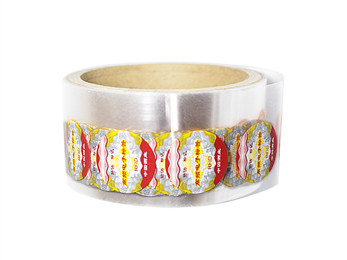
D25 mm, 0.1 mm thick, brittle paper + ultrathin etched antenna, 13.56 Mhz, 5 cm read distance, tamper proof
-
GEE-LFC-200 EM4200 rfid card >

PVC Material, 86 * 54 * 0.84 mm, EM4200 chip embedded, CMYK 4c printing, 10 cm read distance
-
GEE-HFC-300 MIFARE Classic® EV1 >
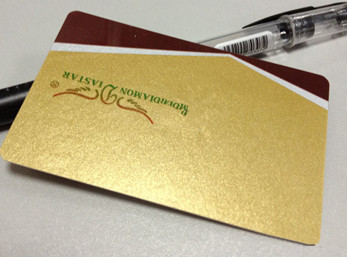
PVC material, 85.5 x 54 mm, NXP MIFARE Classic® EV1, 1k/ 4k Byte memory, IEC14443 A

 NFC Tags
NFC Tags NFC Cards
NFC Cards NFC Key fobs
NFC Key fobs NFC Reader writer
NFC Reader writer NFC Wristband
NFC Wristband RFID inlay
RFID inlay RFID Tag
RFID Tag Smart Device
Smart Device RFID Security Gate
RFID Security Gate Library RFID Tags
Library RFID Tags UHF Tags
UHF Tags UHF Cards
UHF Cards UHF Wristband
UHF Wristband UHF Reader writer
UHF Reader writer UHF Antenna
UHF Antenna On metal RFID Tag
On metal RFID Tag Animal Tag
Animal Tag More Recommend
More Recommend Media & Ads
Media & Ads Transportation & Ticketing
Transportation & Ticketing Library & AssetsManagement
Library & AssetsManagement Logistics & Tracking
Logistics & Tracking Access control
Access control Retail & Gas station
Retail & Gas station Texile solution
Texile solution Health & Medicine
Health & Medicine Food & Wine
Food & Wine Apps for NFC mobile
Apps for NFC mobile Apps for Industry & Retail
Apps for Industry & Retail Manuals
Manuals Software
Software FAQ
FAQ Service Center
Service Center How to choose right tags
How to choose right tags Company news
Company news Industry news
Industry news Technical communication
Technical communication


